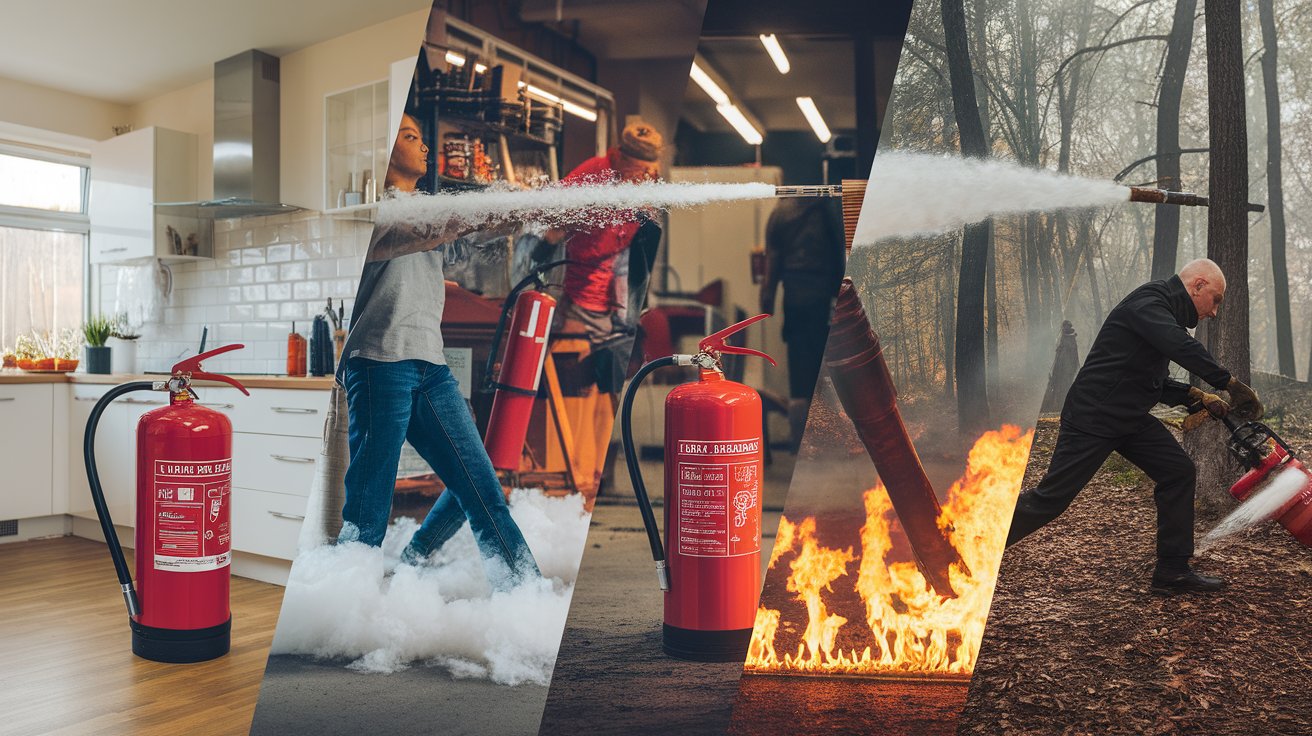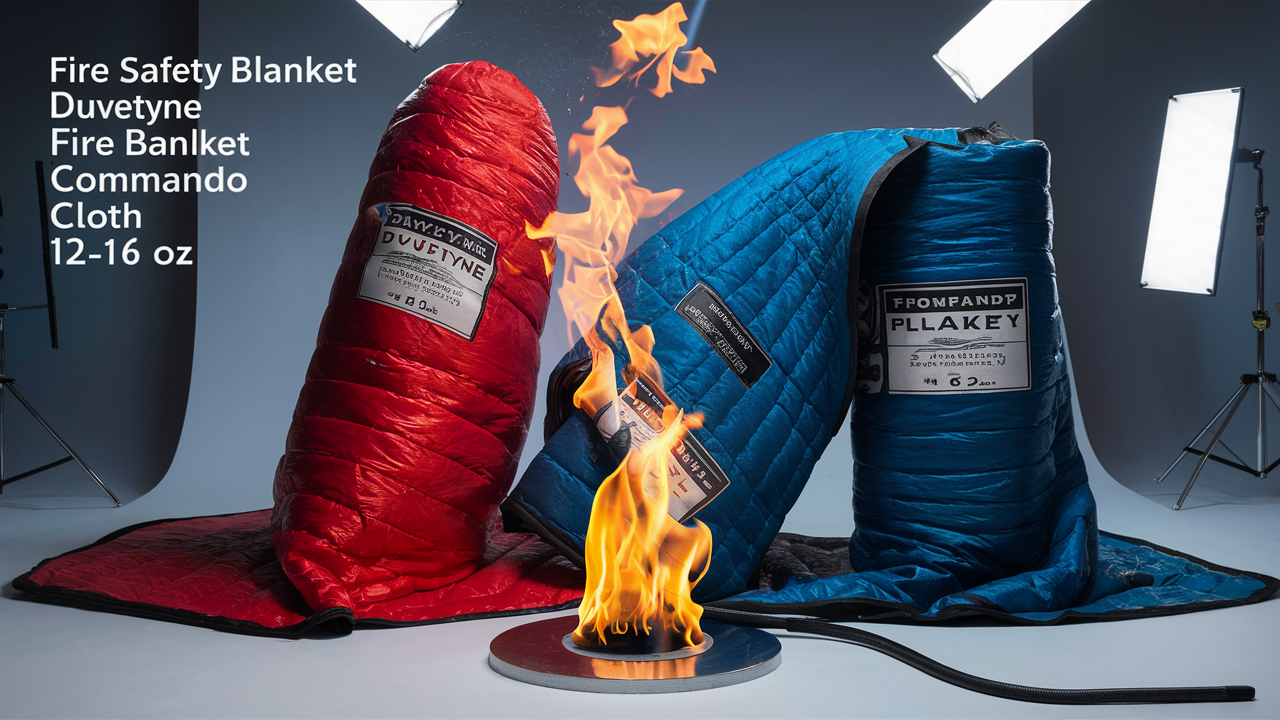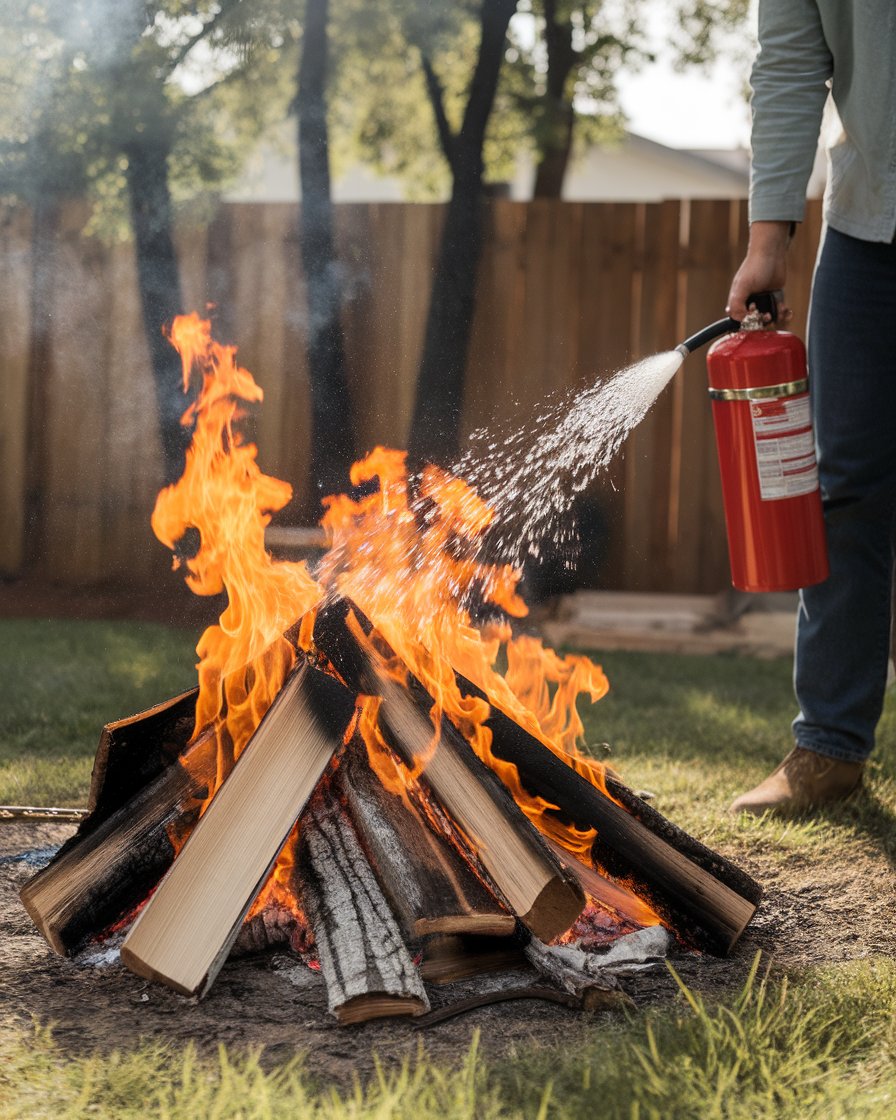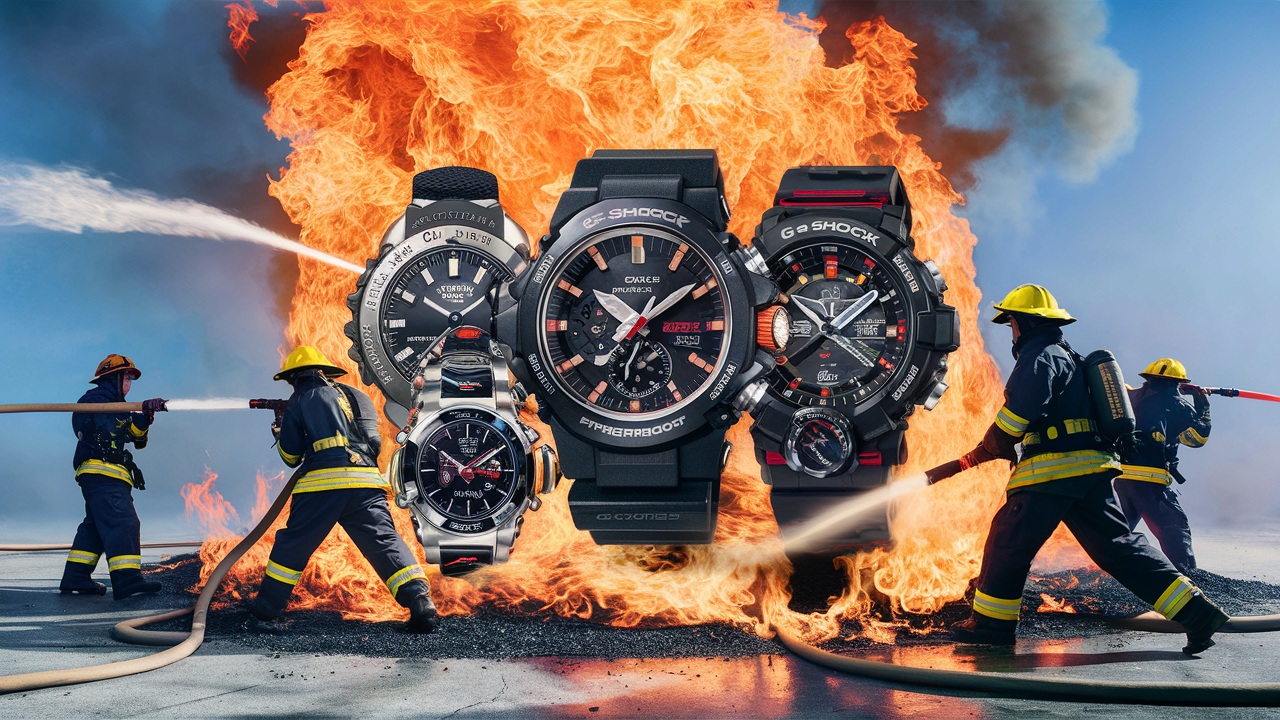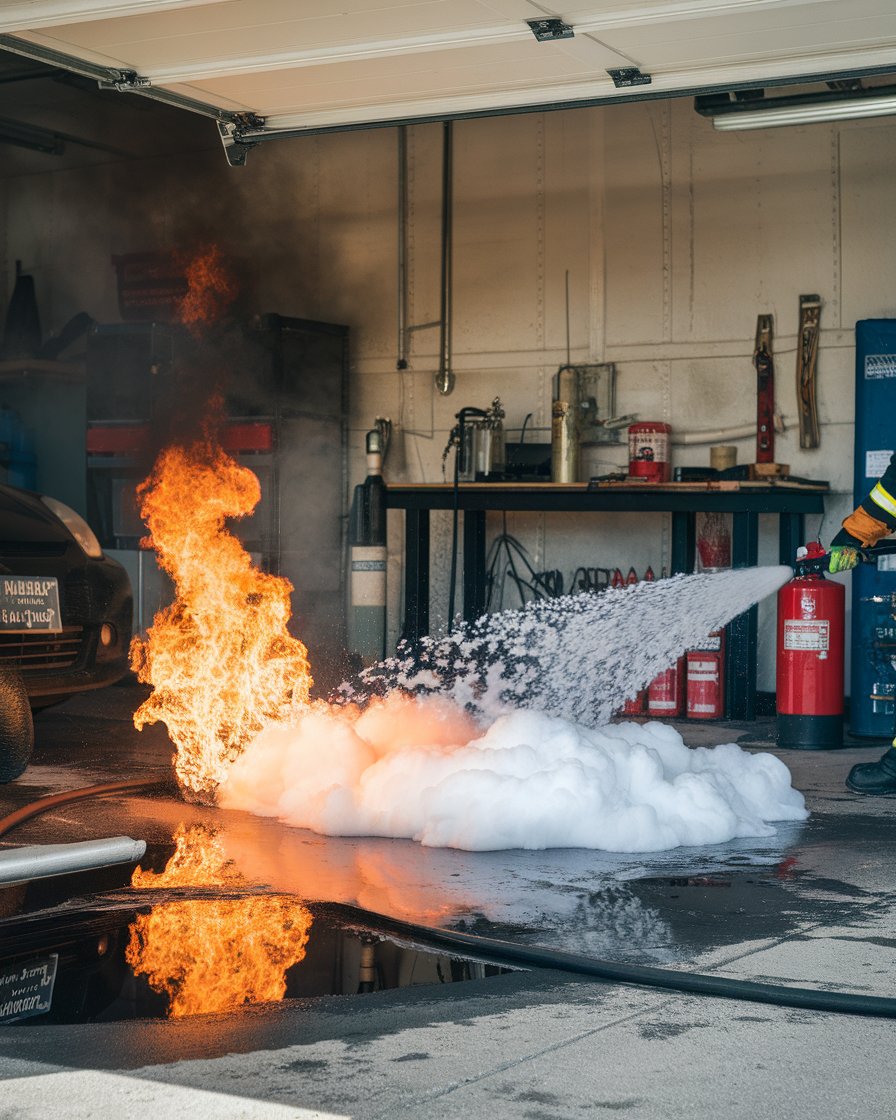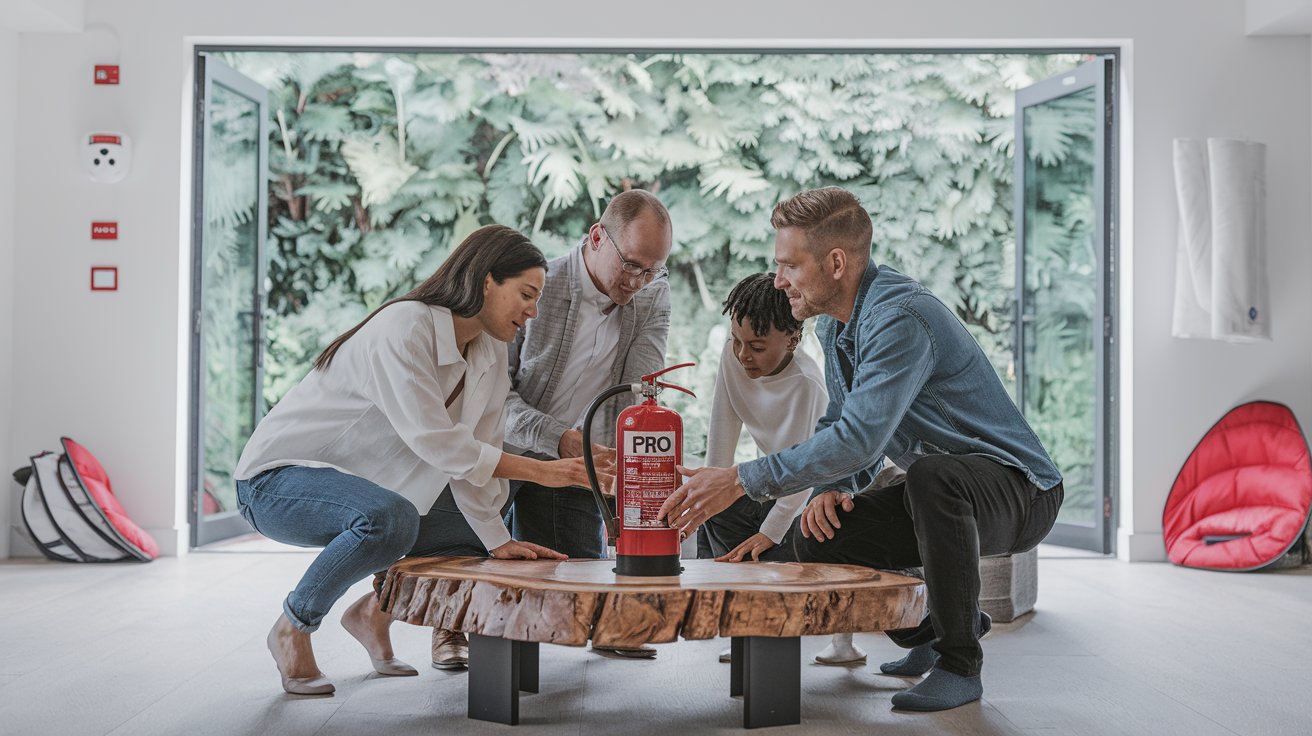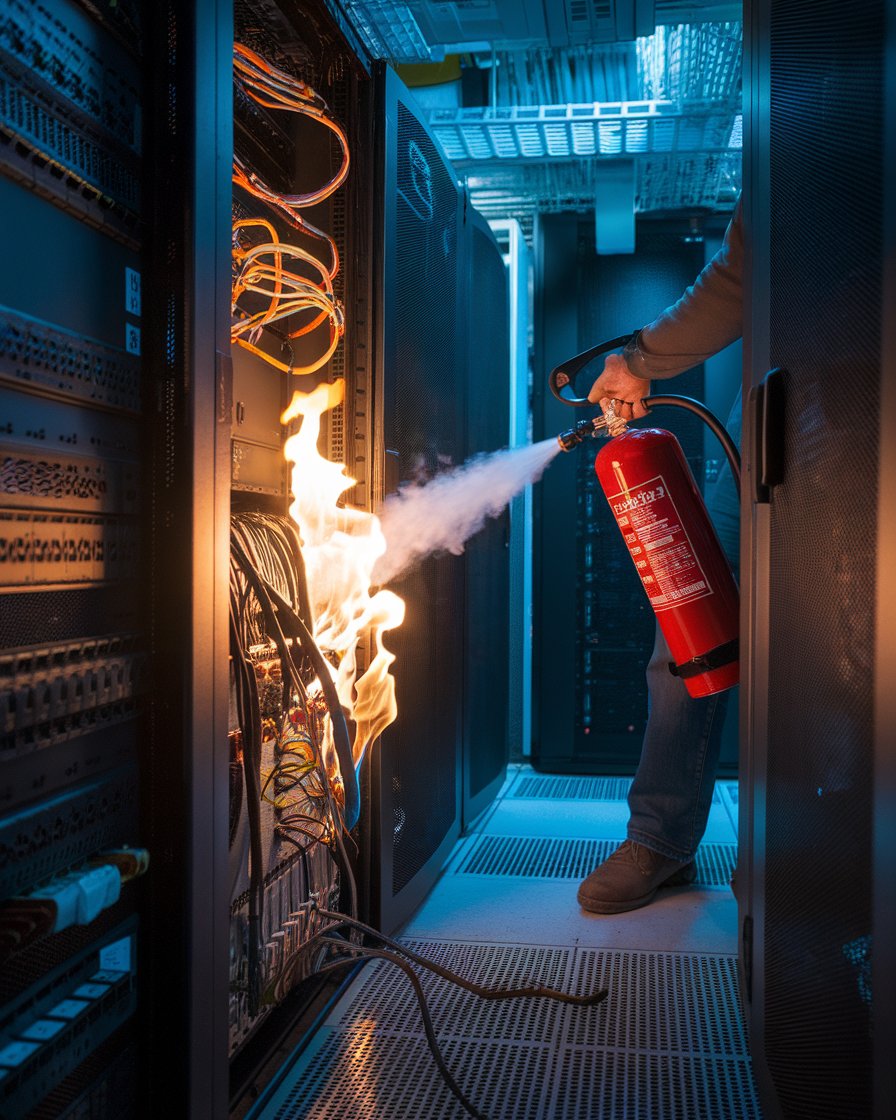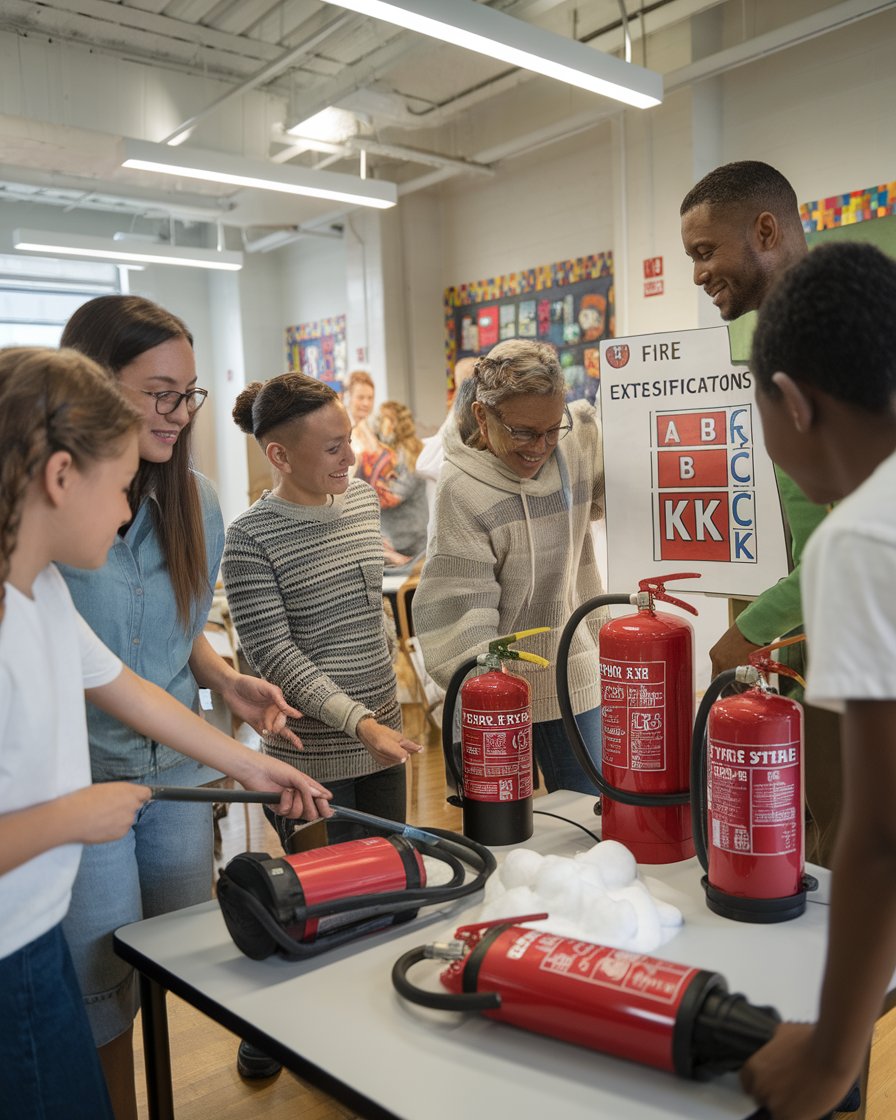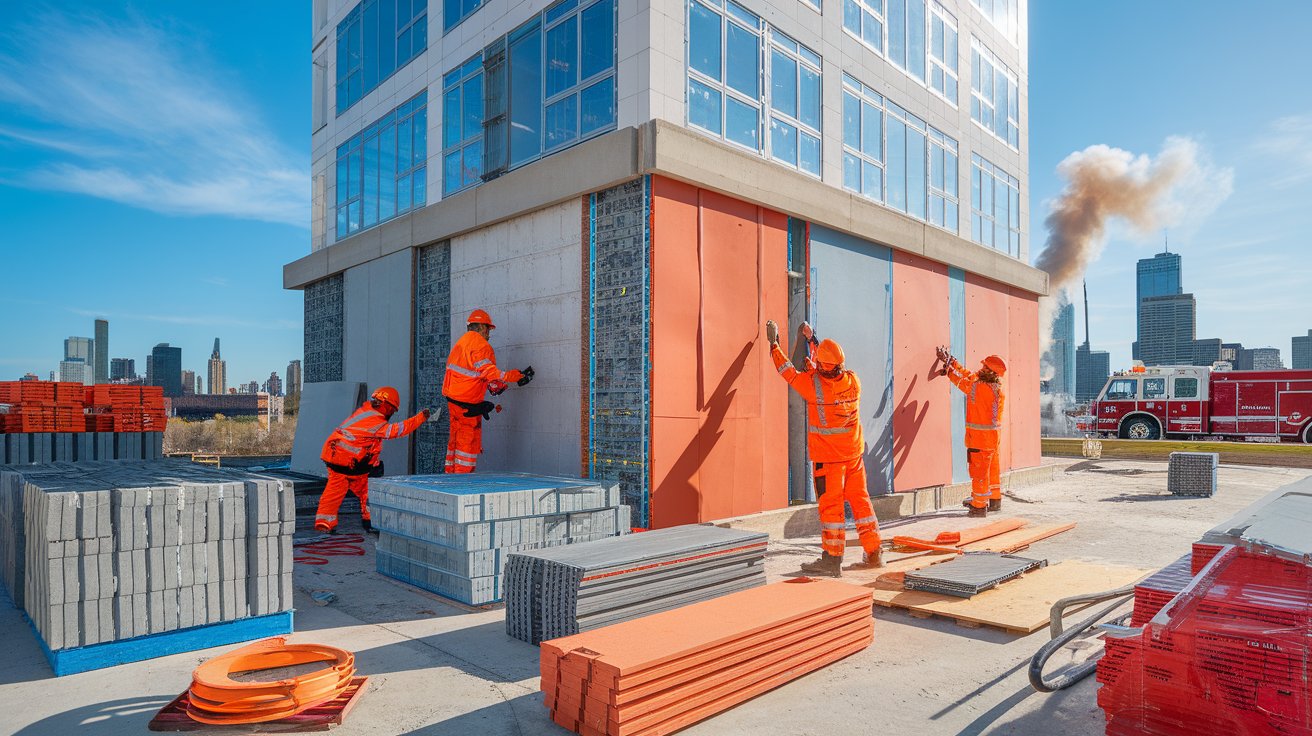Introduction
Fire safety is a critical aspect of both residential and commercial environments. Class A fires, which involve everyday materials like wood, paper, and cloth, are the most common. Meanwhile, Class B fires involve flammable liquids such as gasoline, making them more hazardous in specific settings like garages or workshops. Fire safety guidelines and having the appropriate fire extinguishers, such as CO2 fire extinguishers for electrical fires or dry powder for combustible metals, is crucial for effective fire prevention. Regular inspections, fire drills, and keeping flammable materials away from high-risk areas can drastically reduce the chances of a fire.
To combat different types of fires, it is essential to understand fire classifications and select the appropriate extinguishers. Each type of fire, from Class C fires involving electrical equipment to Class K fires in commercial kitchens, requires specialized extinguishing agents. Following proper fire safety regulations, learning how to use a fire extinguisher, and engaging in regular fire risk assessments can prevent fires from causing devastating damage to both life and property.
Key Takeaways
-
Class A fires involve ordinary combustible materials such as wood, paper, and cloth, and are best extinguished with water or foam.
-
Class B fires, which arise from flammable liquids like gasoline, are hazardous and require specialized extinguishers such as foam or dry chemical types.
-
Class E electrical fires, caused by faulty wiring or overloaded circuits, should be tackled with CO2 or dry powder extinguishers.
-
Regular fire risk assessments help identify potential hazards and ensure that fire safety measures remain up-to-date.
-
Proper extinguisher placement, particularly in high-risk areas like garages and workshops, is essential for preventing fire damage.
-
Engaging professional fire safety services can ensure compliance with fire safety regulations and preparedness for emergencies.
Class A Fires
Class A fires involve everyday combustible materials, such as wood, paper, cloth, and certain plastics. These fires are the most common type and can occur in homes, offices, and other environments. Understanding the classification of fire types is crucial for effective fire safety, especially since Class A fires are so prevalent. These fires require extinguishing agents that cool the fire down, such as water or foam. While Class A fires are widespread, other types, like class D fires involve metals, which require specialized approaches. Metal fires can be dangerous, and the right extinguishers are needed to smother the flames. The National Fire Protection Association (NFPA) emphasizes the importance of having suitable extinguishing agents ready to handle each specific fire type. In these cases, fire safety measures, including understanding different fire classifications and fire extinguishers suitable for each situation, are vital in preventing damage.
Ultimate Guide to Fire Classifications and Which Fire Extinguishers Suit Each Fire Class
1. Class A Fires: Combustibles Like Wood, Paper, and Cloth
Class A fires are the most common and involve materials such as wood, paper, cloth, and certain plastics. These materials burn easily, and water or water-based extinguishers are the most effective for cooling the fire and stopping it from spreading. Water mist and foam extinguishers are widely used in homes, offices, and educational settings where these combustibles are present.
2. Class B Fires: Flammable Liquids
Class B fires are particularly hazardous as they involve flammable liquids like gasoline, kerosene, oil, and paint. These fires require foam or dry chemical extinguishers to smother the flames by cutting off the fire’s oxygen supply. CO2 extinguishers can also be used in these environments, especially in garages or workshops where these liquid fuels are stored.
3. Class C Fires: Electrical Equipment
Class C fires involve electrical equipment such as appliances, wiring, and circuit breakers. Water should never be used on electrical fires due to the risk of electrocution. Instead, CO2 or dry powder extinguishers are most effective in displacing oxygen and smothering the fire without conducting electricity, ensuring safe firefighting.
4. Class D Fires: Combustible Metals
Class D fires arise from combustible metals like magnesium, titanium, or aluminum. These types of fires require a dry powder extinguisher specifically designed for metal fires. The powder absorbs heat and prevents the fire from spreading, making it critical in industrial environments where these metals are commonly handled.
5. Class K Fires: Cooking Oils and Fats
Class K fires occur in kitchens where cooking oils and fats are involved. These fires are prevalent in commercial kitchens and require wet chemical extinguishers to safely suppress the flames by cooling the fire and cutting off the fuel source. Ensuring the presence of Class K extinguishers in areas where large amounts of cooking oil are used is crucial for safety.
Definition and Characteristics of Class A Fires
Class A fires arise from combustible materials like wood, cloth, rubber, and some plastics. They typically ignite when exposed to heat or an open flame, and their spread is rapid if not quickly addressed. This type of fire produces ash as a byproduct, which distinguishes it from other fire classifications. Understanding the different fire classifications is essential to choose the right fire extinguisher. Water and water-based agents are the most effective in cooling and stopping the flames, as they reduce the heat source, cutting off the fire’s fuel.
Suitable Extinguishers and Locations for Class A Fires
To extinguish Class A fires effectively, water mist and foam extinguishers are best suited. These extinguishers are widely used in residential, educational, and commercial settings, where ordinary combustibles are common. It is crucial for effective fire prevention to place these extinguishers in areas like kitchens, offices, and schools. Learning about the different extinguisher types ensures preparedness. The right extinguisher helps stop the fire from escalating, especially in settings that contain a large amount of fuel like wood and paper.
Class B Fires
Class B fires are particularly dangerous as they involve flammable liquids such as gasoline, kerosene, oil, and paint. These types of fires are commonly found in environments where fuel sources are present, such as garages, workshops, and fuel storage areas. What makes Class B fires unique is their tendency to spread quickly, especially when the fuel is not properly contained. Understanding the fire tetrahedron is essential in combating these fires, as extinguishing them involves removing one of the elements that sustain the fire. This is why fire extinguishers is crucial for effective fire control. Fire extinguishers need to be chosen based on the materials involved in the fire, such as fires involve flammable liquids like gasoline. The National Fire Protection Association stresses the importance of using class k fire extinguishers in certain environments, ensuring both personal safety and minimal damage.
Case Study: Effective Use of Fire Extinguishers in Class B Fires at a Fuel Storage Facility
In 2019, a fuel storage facility in California experienced a severe Class B fire due to a gasoline spill. The fire spread rapidly as the fuel ignited, putting nearby storage tanks at risk. Immediate action was taken by trained staff who used foam fire extinguishers specifically designed for Class B fires. By deploying the extinguishers quickly, they were able to smother the flames by cutting off the fire’s oxygen supply. The use of foam was particularly effective in this case as it created a barrier that prevented the fire from spreading further. Firefighters arrived shortly after and reinforced the extinguishing process with CO2 extinguishers to tackle the remaining flames. This case illustrates the importance of selecting the correct fire extinguisher based on the materials involved, in this instance, flammable liquids like gasoline. The swift response and proper extinguisher placement prevented catastrophic damage.
Understanding Class B Fires and Their Hazards
Class B fires arise from flammable liquids and gases, making them highly volatile and fast-spreading. These fires can easily ignite in places where fuels like gasoline or kerosene are stored or handled. One of the most significant dangers of Class B fires is the potential for them to reignite if not properly managed. Water is ineffective for these fires, as it can cause the fuel to spread. Instead, it’s crucial to use fire extinguishers designed for these types of fires, which smother the flames and cut off oxygen. Understanding the different classes of fire, especially Class B, helps prevent these dangerous situations from escalating.
Recommended Extinguishers for Class B Fires
For Class B fires, foam, dry chemical, and CO2 extinguishers are the most effective tools. Foam extinguishers work by creating a barrier that prevents the fire from accessing oxygen, while dry chemical extinguishers break the chemical reactions fueling the flames. CO2 extinguishers displace oxygen around the fire, effectively smothering it. It’s important to have these types of extinguishers available in high-risk areas like fuel storage sites, garages, and workshops. Extinguisher placement is crucial for effective fire prevention. With the correct equipment, Class B fires can be extinguished quickly, reducing potential harm and damage.
Electrical Fires (Class E)
Electrical fires, classified as Class E, occur due to electrical malfunctions in appliances, wiring, or circuits. These fires pose a significant threat, as they can ignite quickly and are often hidden within walls or electrical equipment. Common causes include overloaded circuits, faulty outlets, or malfunctioning electrical devices. Because of the specific risks associated with electricity, Class E fires can be particularly dangerous, making it crucial to take preventive measures. Ensuring proper maintenance of electrical systems, inspecting wiring regularly, and avoiding overloaded outlets are key strategies for preventing electrical fires in both residential and commercial settings.
Risks of Electrical Fires and Prevention Tips
Electrical fires can be devastating, often sparked by faulty wiring, damaged circuits, or malfunctioning appliances. These fires spread quickly and pose unique risks, as attempting to extinguish them with water can make the situation worse by conducting electricity. To prevent these fires, regular inspections of wiring, outlets, and appliances are essential. Ensuring that all electrical systems are up to code and not overloading circuits can greatly reduce the chance of an electrical fire. Additionally, keeping flammable materials away from electrical devices adds another layer of safety, reducing the overall risk in both homes and workplaces.
Suitable Extinguishers for Electrical Fires
When dealing with Class E electrical fires, choosing the right fire extinguisher is critical. CO2 extinguishers and dry powder extinguishers are best suited for these fires. CO2 extinguishers work by displacing the oxygen around the fire, cutting off its fuel source without conducting electricity. Dry powder extinguishers smother the fire, preventing it from reigniting. These types of extinguishers are typically located near electrical equipment, such as in server rooms or workshops. Having the correct extinguisher available and knowing how to use it is crucial for effective fire prevention and safety in electrical environments.
“Electricity is really just organized lightning.” – George Carlin
Fire Safety Guidelines
Fire safety guidelines are essential for protecting both residential and commercial spaces from potential fire hazards. Whether in homes or workplaces, following these guidelines can prevent fires and reduce damage if one does occur. Understanding the different fire classifications, such as Class A, B, and C, is important, as each requires a specific approach to extinguishing. Having the correct fire extinguishers, such as CO2 and dry chemical extinguishers, and knowing how to use them is crucial. Additionally, conducting regular fire drills and maintaining clear exit routes can enhance preparedness, ensuring safety for everyone in the event of a fire emergency.
Importance of Fire Risk Assessments
Fire risk assessments play a vital role in preventing fires by identifying hazards before they become major threats. These assessments evaluate fire risks, including potential ignition sources, combustible materials, and the number of people who may be affected. Regular assessments ensure that any changes in the environment, such as new equipment or furniture, are accounted for and that fire safety measures remain up-to-date. For both homes and businesses, a thorough fire risk assessment can highlight areas needing improvement, such as extinguisher placement or the installation of wet chemical extinguishers in commercial kitchens. Staying proactive with fire safety helps reduce the risk of devastating fire damage.
Comprehensive Fire Safety Services by IPS Fire and Safety
IPS Fire and Safety offers comprehensive services tailored to meet the fire safety needs of businesses and residential properties. Their services include fire risk assessments, the installation of fire extinguishers, and specialized training for staff and homeowners. By partnering with professionals, businesses can ensure they are equipped to handle various types of fires, such as those involving flammable liquids (Class B) or electrical equipment (Class C). IPS Fire and Safety also offers guidance on using fire extinguishers correctly, whether it’s for tackling Class B and C fires or managing risks in commercial kitchens. Engaging experts in fire safety greatly enhances preparedness and compliance with regulations.
Conclusion
In conclusion, fire safety is an essential practice for both residential and commercial spaces. Understanding the different types of fires, such as Class A, B, and D, allows for the proper selection of fire extinguishers, such as portable fire extinguishers, CO2, or dry powder, which are crucial in managing different fire scenarios. Preventive measures, including the regular inspection of fire safety equipment and keeping combustible materials like cooking oils and fats away from heat sources, can drastically reduce fire risks.
Engaging with fire safety professionals ensures that your space remains compliant with fire safety regulations. Regular fire risk assessments and proper extinguisher placement, especially in high-risk areas like kitchens and workshops, are crucial. By addressing potential fire hazards and using agents that smother the fire, such as wet chemical extinguishers or class K extinguishers for cooking-related incidents, you can tackle fires effectively and minimize damage. Following these steps enhances overall preparedness for fire emergencies.

